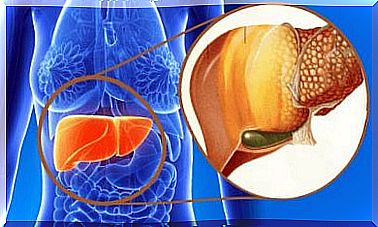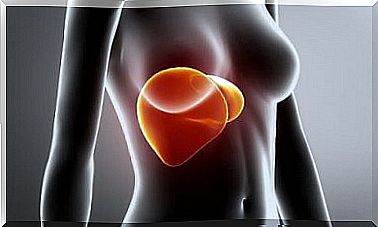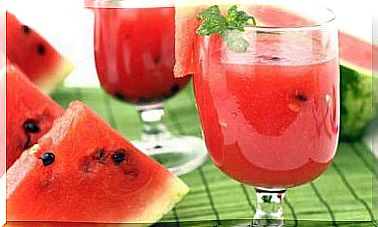Properties And Benefits Of Kamut Wheat
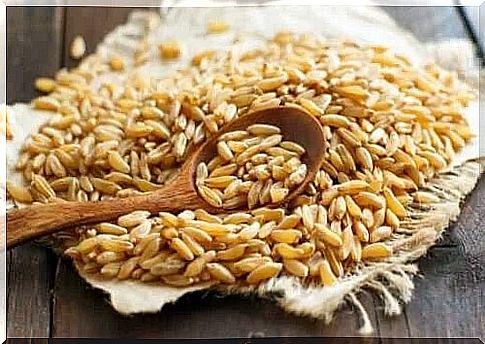
Kamut or Khorasan wheat is a plant that has been cultivated in Africa for thousands of years, which is gradually making its way to the Western diet. The properties and benefits of kamut wheat are becoming more and more known. Therefore, it is a very attractive option to replace the classic wheat.
It is important to note that the position of experts on the consumption of many cereals has changed recently. They consider that certain foods, such as classic wheat, are not a healthy option due to the high degree of refining. In contrast, whole grain varieties without added sugars, including kamut, are gaining ground.
The differences between kamut and common wheat
Kamut and wheat have certain common uses. For example, both can be the main ingredient in pasta. However, the differences are remarkable. Kamutul has a much larger grain, but is much easier to digest.
One of the main differences is that kamut wheat has a higher protein content, reaching 15 grams of protein per 100 grams. It is important to remember that these nutrients are essential for proper muscle health, according to research published in the journal Nutrients.
Kamutul contains a higher amount of vitamins, among which vitamin A stands out. This nutrient is beneficial for visual health, reducing the risk of developing macular pathologies.
In terms of carbohydrates, classic wheat and kamut have no significant differences. But kamut raises blood sugar levels less. It is necessary to take into account the fact that the classic wheat is usually consumed very refined, an aspect not at all good for the level of sugar in the blood.
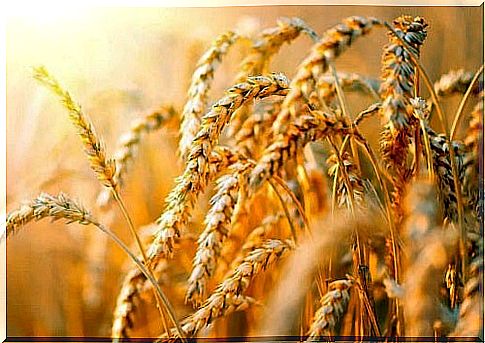
Properties and benefits of kamut wheat
Carbohydrates are essential, especially in an athlete’s diet. They manage to provide the energy needed to trigger anaerobic metabolism, necessary for maximum effort.
In the case of sedentary people, the need for carbohydrates is lower. But you can still consume them without causing damage to health. To achieve this goal, you need to set the required amounts and choose carbohydrates with a low glycemic index, such as those in kamut.
Kamutul stands out for its fiber content. These are essential for sustaining intestinal health. In fact, according to a study published in the International Journal of Food Sciences and Nutrition, kamut can prevent episodes of constipation and at the same time reduce the risk of colon cancer.
It is important to remember the need to include both soluble and insoluble fiber in your daily diet. Kamutul is an excellent source of insoluble fiber, so it successfully complements the intake of fiber from other cereals, such as oats, which contain beta-glucans.
The antioxidant capacity of kamut comes from its vitamin A content. As already mentioned, this nutrient is able to protect eye health and also fight inflammation or free radical formation. An optimal amount of vitamin A is associated, for example, with a lower risk of developing liver disease.
We have already mentioned on other occasions that diet has a limited influence on serum cholesterol levels. However, fiber plays an important role when it comes to changing the lipid profile. Kamut can lower total cholesterol levels, though not dramatically.
However, excessive cholesterol lowering is not good for health. Science has dismantled in recent years the myth that only the lipid profile is a good indicator of the risk of cardiovascular disease – unless you have extremely high levels of lipoproteins.
Among the micronutrients present in kamut, we must mention especially zinc. This mineral can regulate testosterone production in men and acts to ensure the proper functioning of the immune system. Proper doses of zinc administered daily will reduce the risk of suffering from infectious diseases.
But despite its benefits, we must mention that kamut wheat contains gluten. Therefore, it is not suitable for people with celiac disease, allergies or gluten intolerance – just like common wheat. However, it is not recommended to eliminate gluten from your diet unless your doctor tells you to.
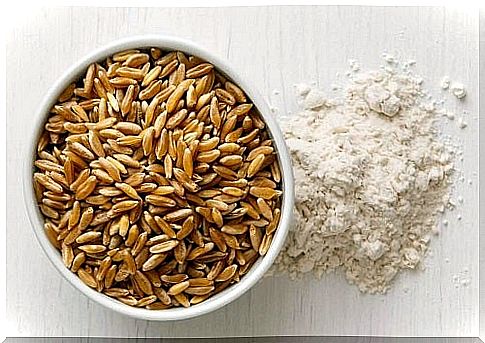
How to use kamut in the kitchen
You can use kamut just like any other cereal, ie cooking it in water. You just have to wash it very well before putting it in the pot.
After preparation according to the information on the package, the kamut beans will be tender and ready to use as a side dish or as a main ingredient for salad.
You can also buy kamut flour to make pasta or bread. But the recipes that use this ingredient have a certain complexity generated by the fermentation capacity of this flour.
Properties and benefits of kamut wheat: conclusion
Due to its nutritional properties, kamut is gaining popularity in Western cuisine. Its regular consumption offers health benefits, which are much more important than those of common wheat, which is negatively affected by the high level of refining.
Kamut also has the advantage of being very easy to prepare. It can be served with almost any protein dish, just like rice or quinoa. It also combines very well with vegetables.
We recommend that you test it and, if you like it, replace the classic diet wheat with kamut wheat!



